Six Top Tips For The Rat Race Coast To Coast Adventure Race
Here’s what we learned doing the epic event in 2018, as well as a guide to each stage of the race
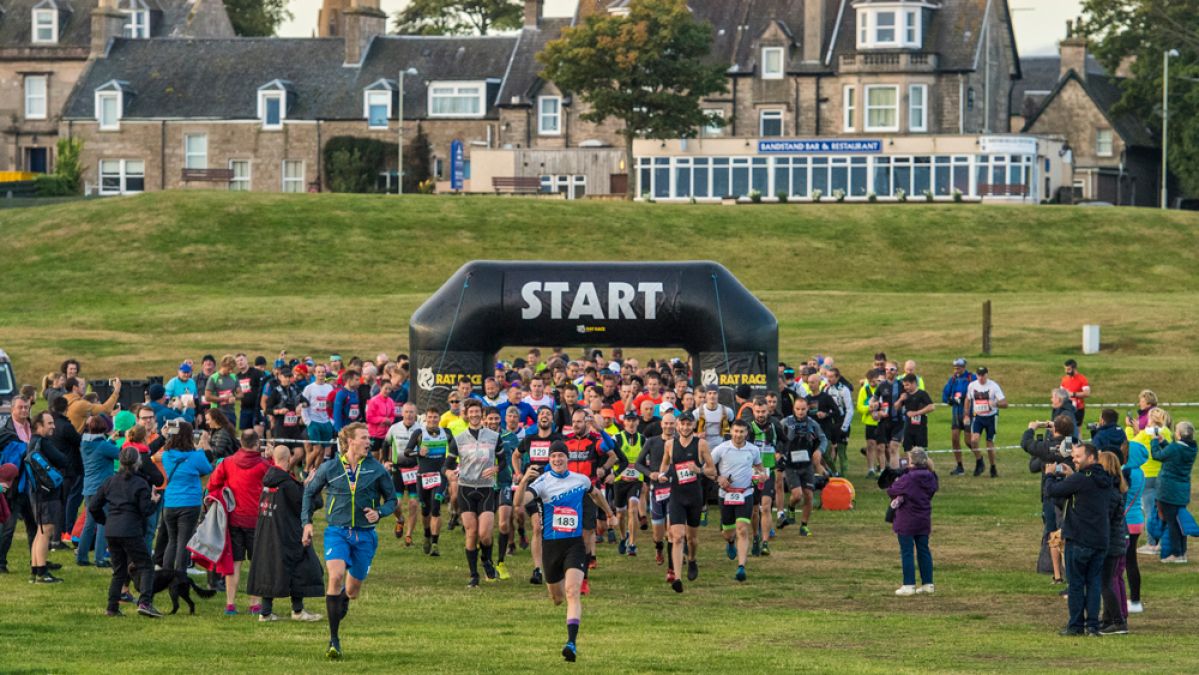

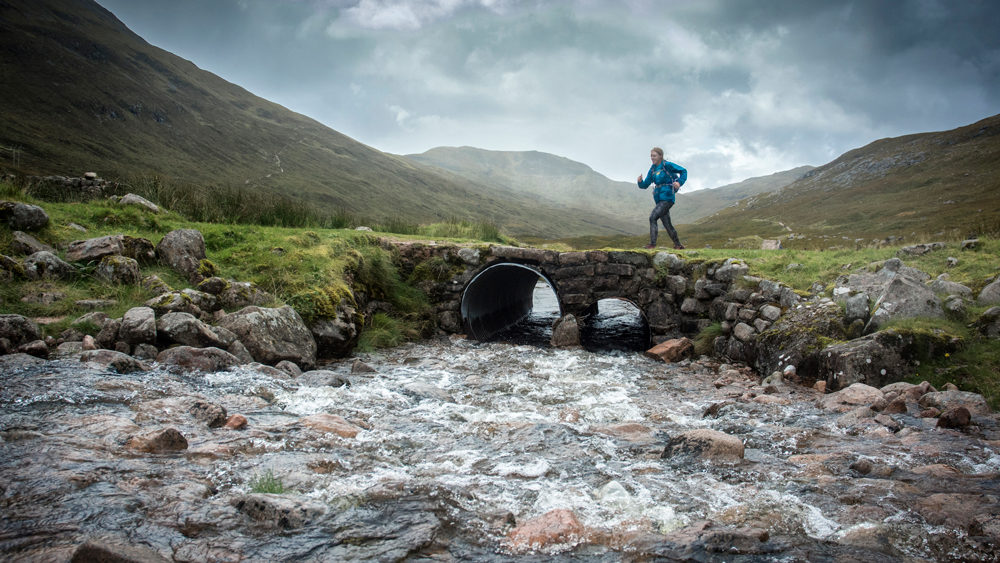
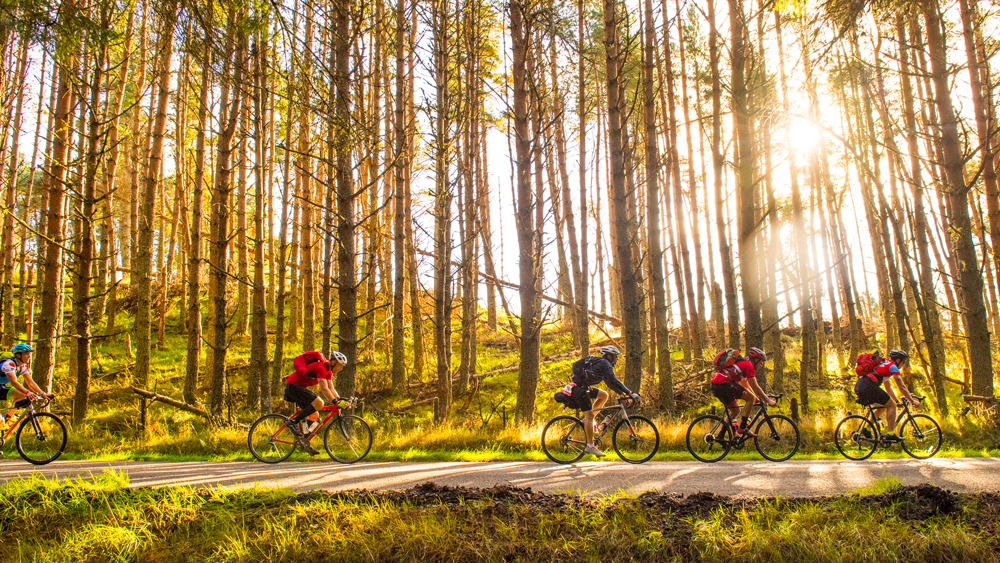
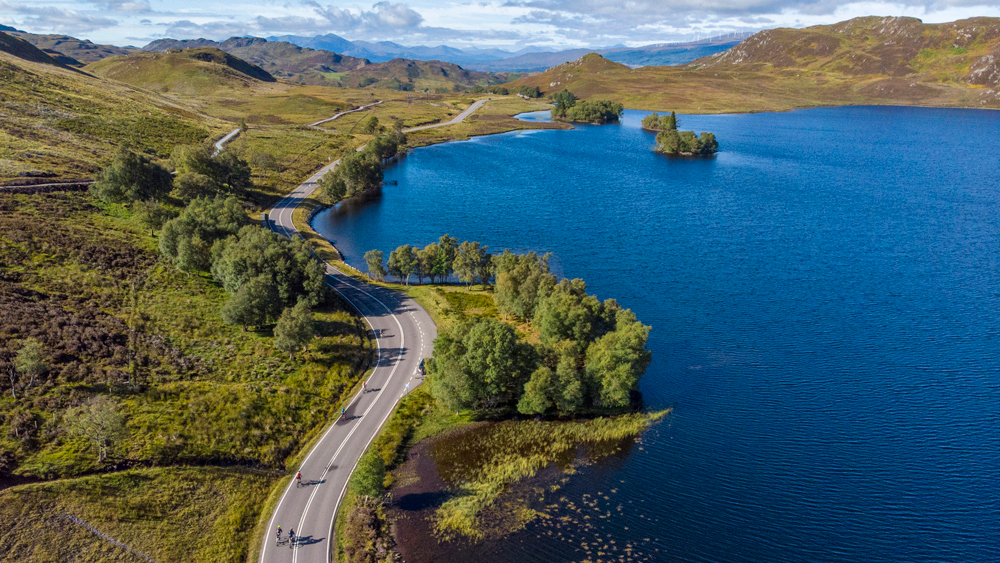
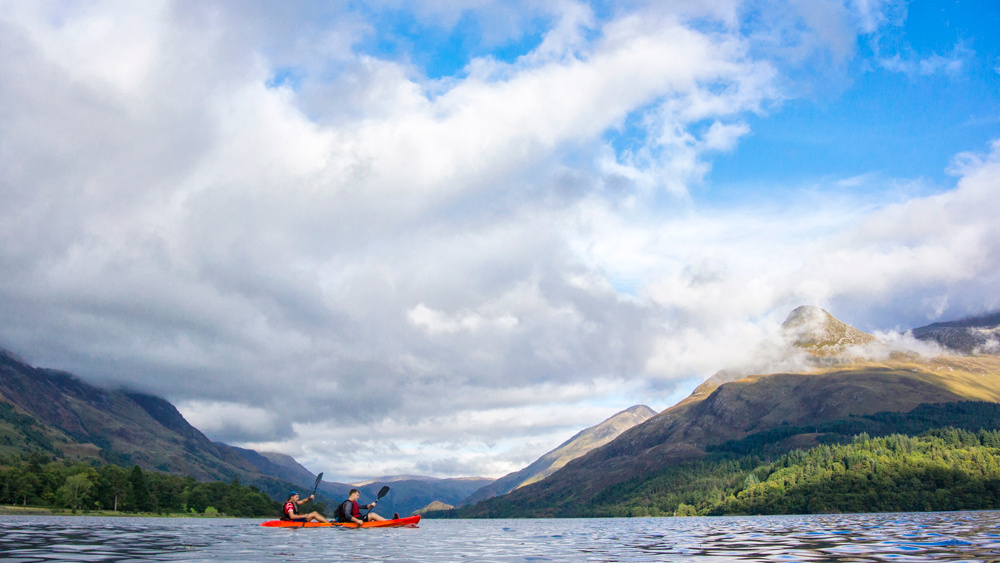
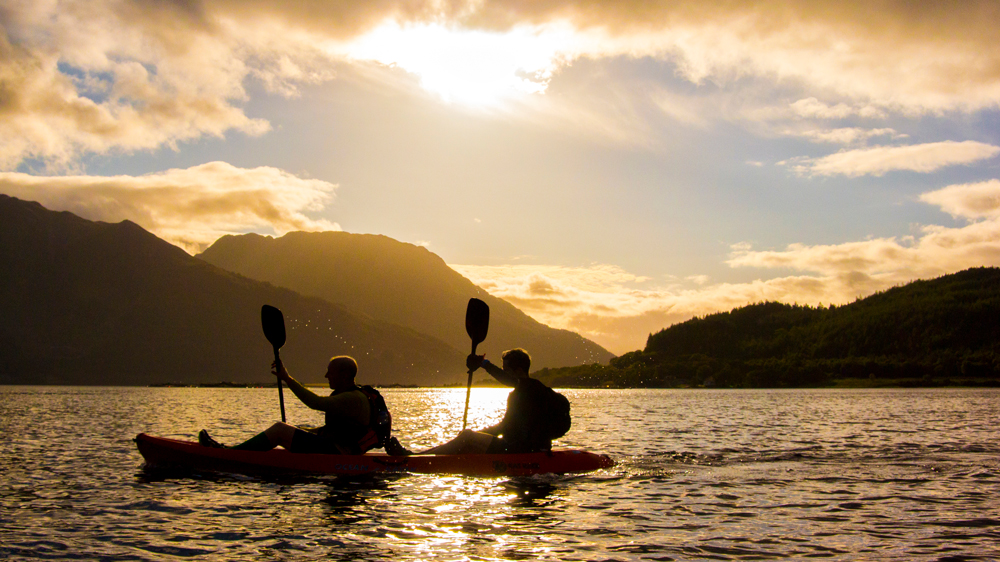
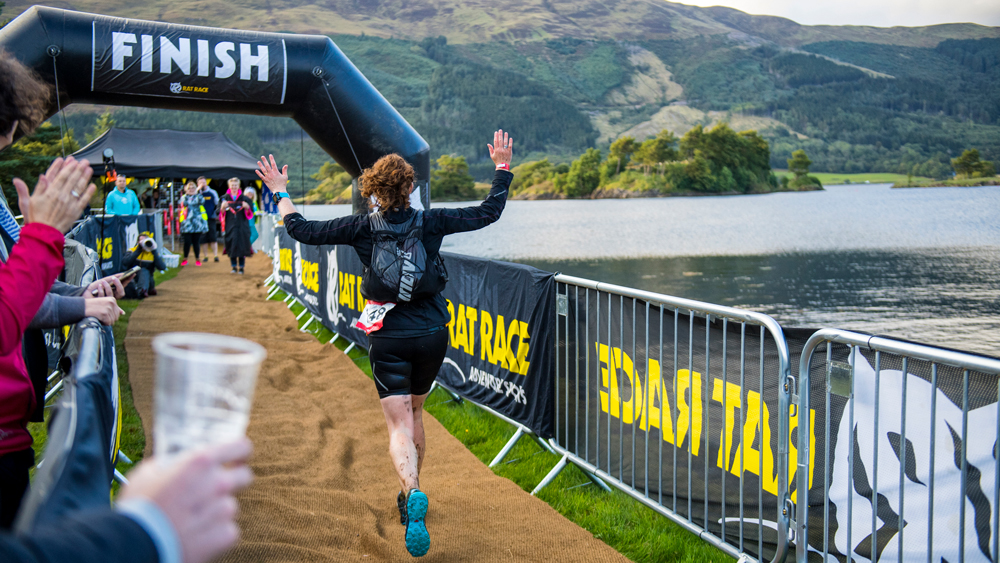
If you’re looking for a weekend away from the norm, there are few better options than signing up for an adventure race. While there is no set definition for what an adventure race involves, you can be pretty sure it will push you to your limits physically, while taking you to exciting and beautiful places well removed from your day-to-day life.
I signed up with a friend to run, cycle and kayak our way across Scotland in Rat Race’s Coast To Coast adventure race. The event involves two trail runs – one a daunting 22km slog around the mountains between Fort William and Glencoe – a 70km road cycle and a 50km cycle on a mix of terrains including some testing forest trails. And the cherry on top is a 1.6km kayak across a sea loch – quite the finisher. You could tackle all of the above in one day as an Expert participant or over two days camping overnight at the mid-way point as a Challenger entrant. We opted for the latter.
As a keen runner, poor cyclist and non-kayaker who isn’t a huge fan of camping, I was expecting to be pushed out of my comfort zone, but the event still surprised me in many ways. If you’re an adventure race first-timer, here’s what I wish knew in advance.
1. Expect the weather to make its presence felt
If you’re going to race across Scotland it goes without saying that you need to be ready for changeable weather conditions, but it’s easy to underestimate how much it will affect your race. At Coast To Coast most Challenger runners were redirected during the final run because after heavy rain, a river was flowing too strongly to cross, which meant they didn’t get to attempt the kayak finale. Although we were just quick enough to avoid being affected by the change, our kayak section was affected by strong winds. If the weather is at all inclement, expect cancelled sections and route changes, but remember it’s all part of the adventure.
2. Train for every part of the race
You know what’s really quite hard? Kayaking after two days of running and cycling. I assumed the last leg of the race would be fine and ignored it during my training, focusing on cycling instead which I knew was my weak point. Once we got to the loch to find windy conditions with waves soaking our kayak, I got about ten minutes in before my back, already sore from cycling farther than I ever have, seized up and we had to be helped to the finish. Make sure to check out the entire route of the race in detail and consider how much fatigue from early sections will affect you later on. Also, if you can fit in some training sessions where you switch from cycling to running (or vice versa) without a rest, that will help you get used to the transition.
See related
- The Best Trail Running Shoes For 2021
- The UK’s Best Adventure Races Of 2021
- 32 Great Outdoor Challenges
3. Logistics, logistics, logistics
With any race, you need to plan ahead, especially if you need to get back to the start from the finish so you can drive home. However, two-day events involving different sports and camping require more prep than you can possibly imagine until you do one.
Along with working out how to get a bike and all the cycling, running and camping gear required to the race, you also have to consider your post-race travel plans. Rat Race put on buses back to the start area, but only late in the day on Sunday so if you have to get back to work on Monday, then the logistics become seriously unwieldy. We spent the day before the race criss-crossing Scotland to leave a car at the finish, then using a hire car to take our bikes to the first transition area before returning the hire car and getting a train to the town where the start was.
Unless you have a supporter willing to drive alongside the event and look after you at the end, you’ll probably need a couple of cars and a spare day before the race to get everything set up.
4. It’s about completion, not competition
Adventure races are about pushing yourself in lots of different ways, but scrambling for a better-placed finish is not one of them. The Expert racers on day one might be more competitive, but as a Challenger taking on Coast To Coast over two days it was all about camaraderie and enjoying the event with our fellow participants.
5. Sign up with someone you can do the whole race with
Two days of tough activity plus camping is a whole lot more fun with a friend, so find someone whose company you enjoy and make a weekend of it. It’s also important to find someone you can stay with throughout the different race sections as well. This doesn’t have to be someone who’s the same level as you for everything – in fact it might be better if that’s not the case. I raced with an excellent cyclist who was a less experienced runner that I am, and we helped each other through the sections we were stronger at. That meant there was always a cheery soul to raise spirits on each leg, rather than two people both being pushed to their limits at the same time.
6. Get your kit right
You need a lot of kit to complete an adventure race involving multiple sports and camping, and it needs to be the right kind of kit. Don’t turn up with a road bike if half your cycling is off-road, and make sure your running shoes have the grip required for the surfaces you’ll be tackling. Below you’ll find the five bits of kit that I found were absolutely crucial.
Rat Race Coast To Coast Race Guide
Stage 1 – 11km trail run
The first stage of the race is the easiest. You climb around 85m in the 11km of trail running from the coast at Nairn to Cawdor Castle. The run is mostly on single-track paths, so get to the front at the start if you plan on setting a fast pace.
Stage 2 – 70km road cycle
How hard this stage is depends on how much of a headwind there is. We had it relatively easy with a sunny, fairly calm day, and the 70km stretch along the length of Loch Ness was terrific fun. You climb almost 700m during the ride, which is mostly uphill until around 63km, with a particularly steep section from 59km to 63km, after which you roll downhill into Fort Augustus where Challenger participants camp for the night.
Stage 3 – 500m kayak
This is optional for Challengers and involves a little out-and-back paddle on Loch Ness. We skipped this to head to the bar tent instead, which probably wasn’t wise considering we could have done with some practice ahead of stage 6.
Stage 4 – 50km mixed terrain cycle
The first 33km of this section is off-road, starting with some relatively easy cycling alongside a canal, before you get on gravel paths in the woods for some real action. There are steep climbs and descents to tackle, but it’s never too technical and there’s a whole lot of fun to be had, even in the rainy conditions we rode in. After you leave the woods there’s a beautiful stretch of road riding into Fort William. In total you climb just over 350m over the 50km.
Stage 5 – 22km trail run
The toughest stage of the race. You spend the first 6.5km climbing out of Fort William up into the Highlands and the next 10km running over undulating terrain, then face a steep 2km climb on tricky terrain before plunging almost 500m back down to sea level in the space of 1.6km. Take the start very gently or that first climb will ruin the rest of the run for you, and be careful on the final descent – you’ll have to walk slowly to get down safely if it’s wet. Overall you climb almost 800m during the 22km, which is plenty.
Stage 6 – 1.6km kayak
The weather, again, is make or break here. On a calm day this would probably be a pleasant paddle to the finish line, but when the wind is blowing you need to know what you’re doing in a kayak and have enough energy left in the tank to battle the breeze and stay on course.
Adventure Race Essential Kit List
Every adventure race will have some mandatory kit, like a waterproof jacket and trousers, survival bag and a whistle in case you get lost in the great outdoors. Most of it is self-explanatory, but the kit below involves making choices that it’s easy to get wrong, as I and many others did at times with Coast To Coast.
An adventure bike
If you’re riding on-road and off-road over the course of the event you need a bike that’s fast on the former but can handle the latter. Mountain bikers at Coast To Coast had to slog through the 70km road ride on the first day, while riders on slim-wheeled road bikes were in constant peril on the forest tracks in the off-road section of day two. I used the Specialized Diverge Comp Carbon, a lightweight adventure bike with disc brakes and chunky tyres so it can handle almost any surface you throw at it. It was perfect for the race and just great fun to ride in general.
Pedals and cleats
I’m not a big cyclist and don’t use clip-in pedals normally, but it was absolutely worth doing so for the race because they make cycling long distances so much easier. Mountain bike clip-ins are simple to use even if they get muddy and they made me feel far more secure on off-road sections, as well as speedier on the road. I used the Shimano XC7 carbon shoes and Deore XT PD-M8000 pedals.
Trail-running shoes
Not just any trail-running shoes, but trail-running shoes designed to handle several different surfaces, because you’ll tackle all kinds of terrain in an adventure race. That means lugs that aren’t so long that you’ll slip on roads or hard trails, but that are long enough to grip in mud or when running downhill on wet grass. The Hoka One One Torrent shoes I used excelled during Coast to Coast, especially on the steep and very muddy descent at the end of the final run. I saw one runner trying that descent in road-running shoes and, well, it wasn’t pretty.
Large saddlebag
Although there is a bag drop at adventure races to take your camping gear ahead for you, you will have to carry all the clothes and equipment you need to get through the different sections of each day. When you add all the mandatory equipment like waterproofs and a first aid kit, that’s a lot of stuff to carry, so a large saddlebag that you can stash it in for the ride proved invaluable. We used a 13-litre Lomo bag that could take both pairs of our running shoes along with bike tools and other vital gear.
Trail-running bag
You’re probably going to wear this all day for both running and cycling, so it needs to be comfortable and have water bottles in the straps that you can access quickly. It also needs to be roomy to take a fair amount of gear but not so large that it’s a hindrance, especially when running. We saw people plodding through the 22km trail run with 15- to 20-litre bags on their back which did not look fun at all. I used the Osprey Duro 6 bag and my race partner used the Montane Via Fang 5 – both are terrific.
Get the Coach Newsletter
Sign up for workout ideas, training advice, reviews of the latest gear and more.

Nick Harris-Fry is a journalist who has been covering health and fitness since 2015. Nick is an avid runner, covering 70-110km a week, which gives him ample opportunity to test a wide range of running shoes and running gear. He is also the chief tester for fitness trackers and running watches, treadmills and exercise bikes, and workout headphones.
